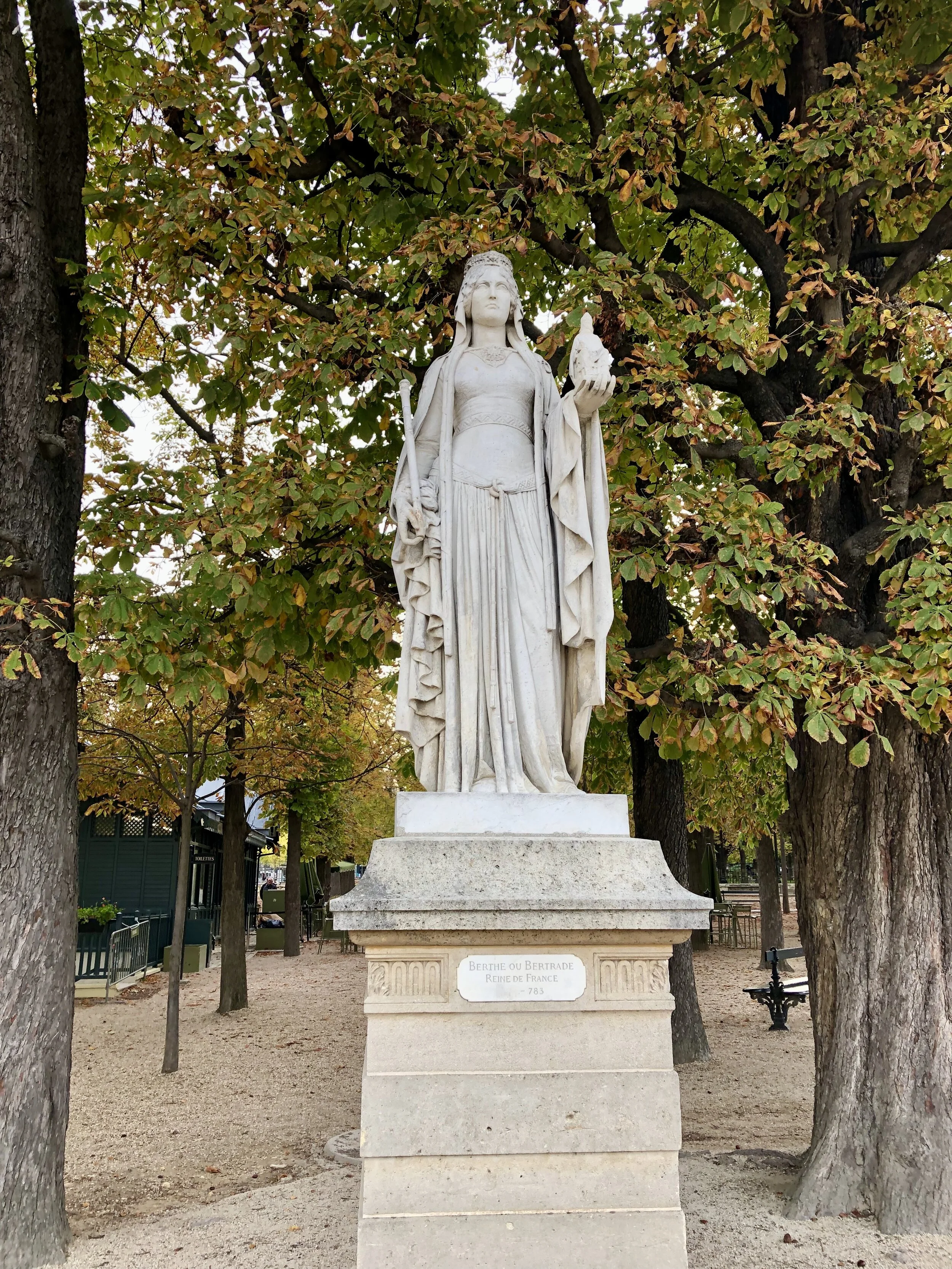Heloise, the name that may ring more of a bell as Heloise and Abelard. A couple known as the French Romeo & Juliette long before Shakespeare would write the story.
Heloise was born around 1092, it is unsure of her actual birthday and can swing into the 1070’s depending on what you read. Heloise would spend most of her childhood raised by her brother and at 11 would be sent to Paris to live with her uncle Fulbert. Her mother had created the Abbey of Notre Dame de Fonteuround in 1101 taking her away from her children.
Uncle Fulbert served as a canon at the Hotel Dieu de Paris on the Ile de la Cité where he also lived. His house on the Quai des Fleurs looking at ile Saint Louis was large and had room for a few renters so he offered a room to Abelard. Abelard was a school master for the Cloister Catholic School and was known all over Paris for his handsome looks and charismatic personality.
Abelard and Heloise were taken with each other immediately and to spend more time together he took her on as his personal student. The two began a very hot and steamy affair that they kept from Fulbert. That is until she became pregnant. Abelard took her to Brittany to stay with his sister Dionysis. In the fall of 1116 Astrolab was born.
Returning to Paris, Heloise and Abelard tried to smooth things over with Fulbert. Abelard proposed they get married, complete against the wishes of Heloise who thought marriage was a form of prostitution and would also hurt his career.
They wed early in the morning at the Chapel of Saint Christophe which once stood on the parve of Notre Dame. Fulbert was briefly happy with the arraignment, until he decided he wasn’t. In the dark of night he sent a few goons to the house of Abelard and the men castrated him.
Heloise left Paris for the convent of Saint Marie d’Argenteuil where she would become a nun. Even that couldn’t keep the lovers apart and he would climb a wall for some sexy meetings. Abelard would eventually leave Paris to set up his own convent and chapel and the two would keep in touch through their letters.
The letters are how we know the tale of the star crossed lovers. The two sent many letters back and forth and included their vows of passion for each other and reminiscent of their “lewd visions” she had of their time together.
Abelard would die on April 21, 1142 and would be buried in front of the altar of the church he loved, Heloise would live on for 22 more years always thinking of her love. Upon her death on May 16, 1164 she would be buried alongside him.
In the 16th century their first four letters were discovered and published and broke the story of the lovers to life, Over time more letters were discovered and published drawing a long list of fans including Josephine.
In 1817, a new cemetery opened in Paris, today we know it as Pere Lachaise, Far outside the city at the time, it was having a hard time drawing people to want to be buried there. The idea was to move some famous residents that would draw others that would want to spend the rest of their lives next to the famous. Josephine led the charge to have Heloise and Abelard moved to Paris to lay together for eternity.
Alexandre Lenoir, the man who saved the monuments of France during the Revolution designed the Castrum Doloris, “castle of grief” a gothic revival structure with the two lying on top of a bed looking towards the sky. Lenoir used stones for the Oratoire du Paraclet that Abelard loved and built at the end of his life.
Today you can visit the former site of the home of Fulbert on the Ile de la Cité that is marked with a plaque and sculptures of the couple of letters.





































































































